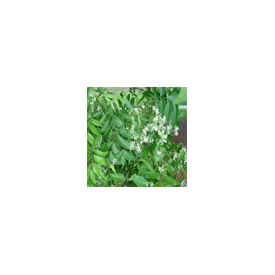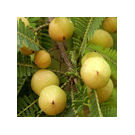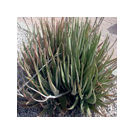Neem Plant
Rs.399
Rs.399
In Stock
Ships in 5 - 7 Days
Shipping Cost Per Unit Rs.49

Description
Names
Neem tree, nim, margosa tree, Indian lilac (English)Nim, neem, balnimb (Hindu)
Nim, neem (Urdu)
Nimba (Sanskrit)
Vempu (Tamil)
Limba (Gujarat)
Botanical name: Azadirachta indica
Family: Meliaceae, the mahogany family
The plant
Neem can grow into a big tree to a height of about 20 to 35 m. Its canopy of leaves makes it a useful shade tree. It is planted along roads and avenues in the towns and villages of India.Stem - can grow to a girth of 2.5 m. The bark is rough and can be pale or greyish-black. Sometimes small lumps of gum leak out in blobs onto the bark. It produces a useful wood with a built-in pesticide.
Leaves - alternately arranged with long, slender leaf stalks. The edges of the leaves are often toothed. The leaves are used as a pesticide, insect repellentand medicine. If rubbed they have a characteristic smell.Flowers - appear in clusters during January to May and sometimes in September to October. They are whitish pink, star-shaped and sweet-smelling.
Fruits - oval yellow-brown when ripe with one seed inside. Seeds usually fall to the ground and might stay there or be carried away with rain water. Occasionally they are dispersed away from the parent tree by birds which give them a greater chance of growing into a healthy new plant. Neem oil is obtained from the seeds.
Fruits - oval yellow-brown when ripe with one seed inside. Seeds usually fall to the ground and might stay there or be carried away with rain water. Occasionally they are dispersed away from the parent tree by birds which give them a greater chance of growing into a healthy new plant. Neem oil is obtained from the seeds.
You may also be interested in
Look for Similar Items by Category
Powered by infibeam



